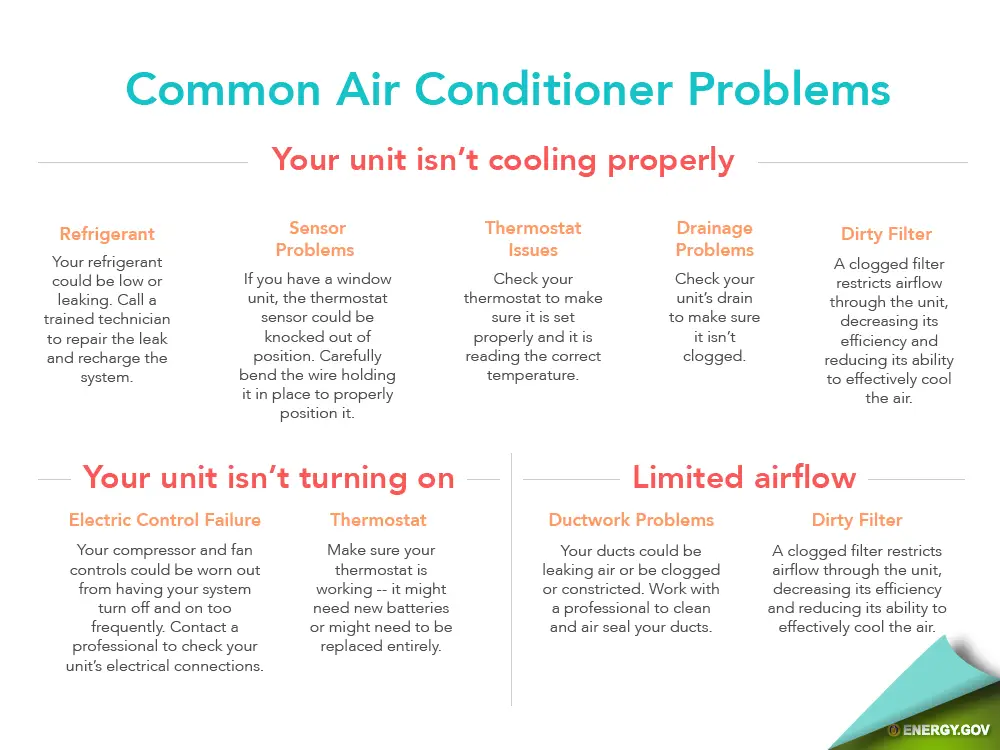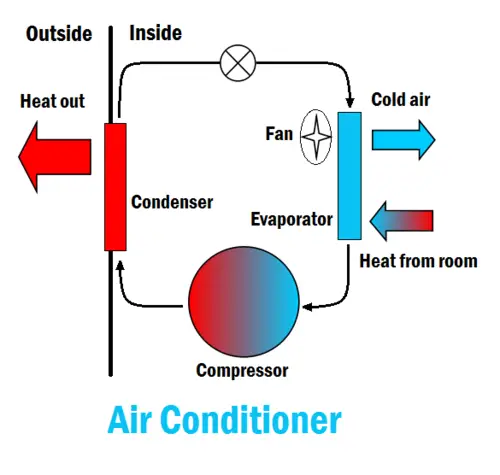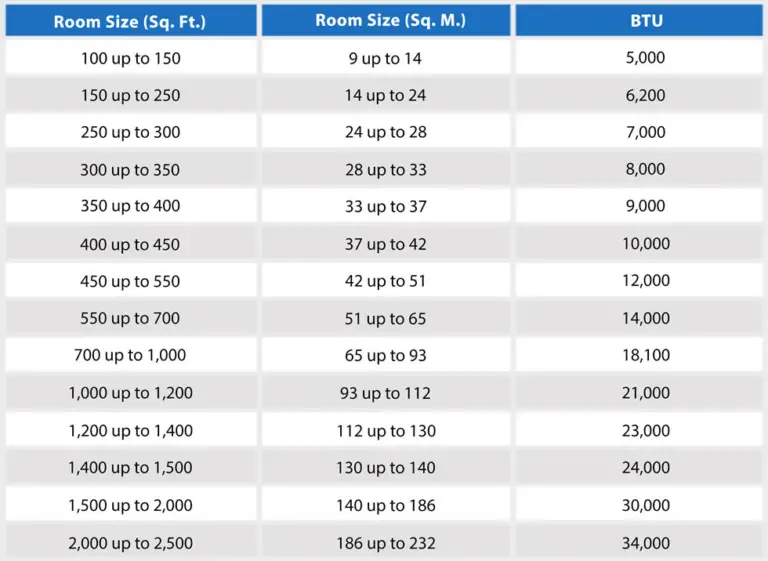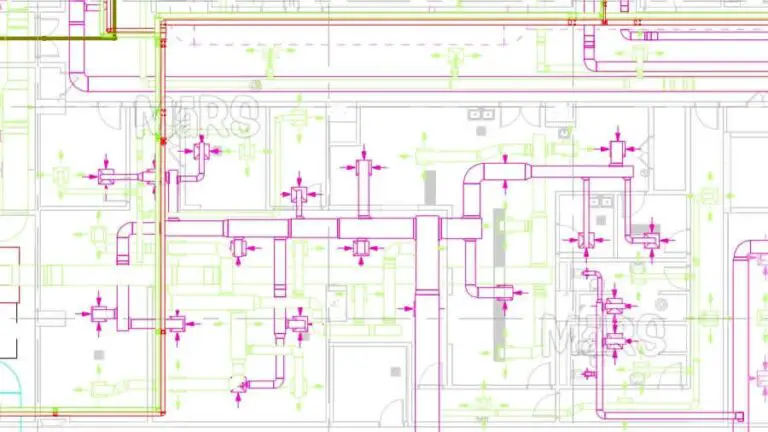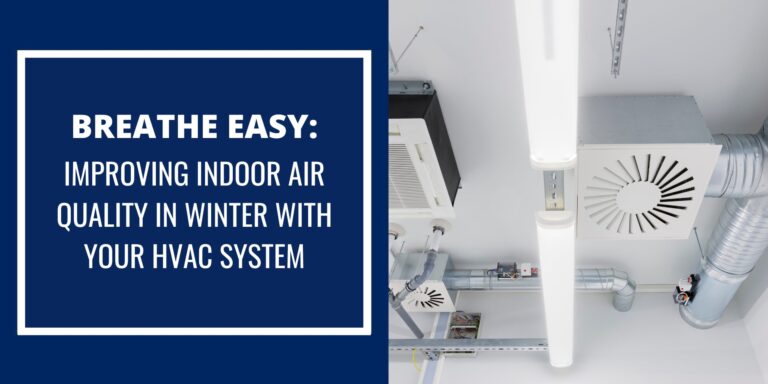Troubleshooting 101: Common Problems and Solutions for Central Air Conditioning Systems
The sweltering heat of summer can be relentless, and for many of us, the oasis that awaits just a wall-flip and a hum is our trusty central air conditioning system. Yet, when that cool breeze is replaced with sharp, unbecoming noises or, worse still, warm, stagnant air, it’s enough to make anyone hot under the collar. In this detailed guide, we break down the common setbacks that might turn your haven into a headache, providing homeowners and HVAC technicians with a blueprint for swift resolution.
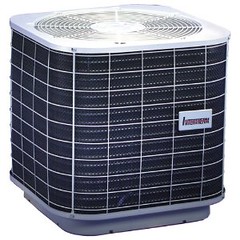
Introduction
Central air conditioning is the beating heart of many households, quietly keeping interiors cool and comfortable. However, like any complex mechanical system, it occasionally stumbles. Given that a full system replacement can be a significant investment, understanding and addressing common central AC issues is an invaluable skill for homeowners and a staple for professionals.
We begin our deep-dive into central AC troubleshooting by underlining the importance of recognizing and resolving normal malfunctions. Not only does this knowledge save you from the discomfort of an inadequately functioning system, but it can also result in substantial cost savings over time.
Common Problems in Central AC Systems
Understanding what could go wrong is half the battle. Here are the recurring dilemmas that central AC units grapple with.
Lack of Cooling
One of the most frustrating issues is the central AC unit’s failure to deliver the chilly relief it’s designed for. This problem can have multiple sources, including thermostat malfunctions, compressor failure, or restricted airflow. Identifying the cause is crucial to restoring a cool environment.
Poor Airflow
If the throw from your vents feels as weak as anemic water pressure, it’s a sign that there’s a clog or obstruction sapping your system’s potential. This could be due to a dirty filter, a broken motor, or a complex ductwork issue.
Strange Noises
Central AC systems operate relatively silently, so any sudden clanks, rattles, or groans should put you on high alert. These sounds could be anything from a loose part to an impending motor failure and warrant immediate investigation.
Leaks or Moisture
A puddle of water or a line of drip at the foot of your air handler is an obvious concern. These symptoms usually reflect condensate line blockages or potentially harmful refrigerant leaks.
Thermostat Issues
The cooling command center can often be the culprit behind a malaise in your central AC. Misreading temperatures, delayed activity, or a complete shutdown are not uncommon with aging or faulty thermostats.
Solutions and Troubleshooting Tips
For each problem, there’s a diagnostic route to the solution. Some may require professional intervention, but there are several steps any homeowner can take to preemptively fix or at least narrow down the issue.
Basic Maintenance Tasks
It’s surprising how often the source of an AC issue lies in a simple lack of care. Dusting, filter changes, and occasional coil cleaning can alleviate many performance problems before they even surface.
Checking Filters, Ducts, and Vents
Filters are the unsung heroes of an AC unit, and ducts and vents are its valiant messengers. Regular checks can prevent and reveal obstructions and inefficiencies within the system.
Addressing Refrigerant Leaks
While refrigerant does not deplete under normal circumstances, leaks can occur through wear and tear. These leaks not only impede cooling but can also be environmentally and physically hazardous.
Thermostat Calibration
When the temperature you set isn’t the temperature you feel, it’s time to question the accuracy of your thermostat. Many digital thermostats allow homeowners to recalibrate, while older models may need replacing.
DIY vs. Professional Help
Know your limits. While some issues like sensor adjustments or unplugging condensate lines can be safely handled, others – particularly those involving electrical or mechanical repair – should be left to the professionals to avoid injury and damage.
Preventive Measures for Homeowners
Proactivity is key to an AC system’s longevity. Here’s how homeowners can be a step ahead.
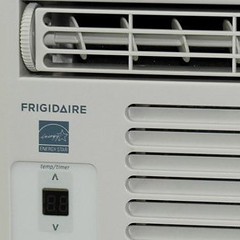
Regular Maintenance Schedules
Create a routine for checking on your system. Write it down if you have to, and stick to it. Consistent, scheduled maintenance can prevent most issues from escalating.
Signs to Watch For
Don’t wait for a total shutdown to give your AC a closer look. Get familiar with the indicators of trouble, like unusual odors or cycling patterns, and respond promptly.
Importance of Professional Inspections
Annual professional check-ups can catch problems early, reducing the impact of potential repairs and keeping your AC in mint condition.
Conclusion
An efficient central AC system is not a set-it-and-forget-it operation — it requires attention and occasional TLC. By understanding the common issues and being proactive about addressing them, you can ensure that your cooling system keeps its cool for years to come. This investment in knowledge pays off in comfort, efficiency, and peace of mind. After all, in the realm of home appliances, an ounce of prevention is worth a ton of cooling comfort.

